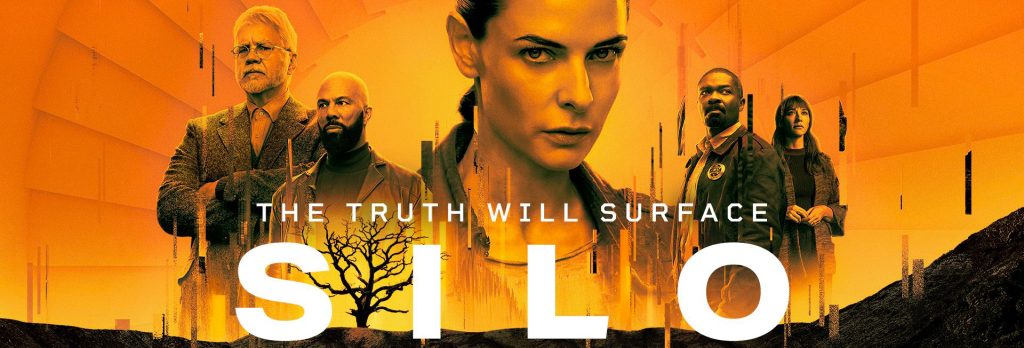Three years ago, I was faced with a decision. A very difficult decision. The WOOL OMNIBUS was selling well enough for me to quit my day job and make a go of it as a full-time author, while at the same time, major publishers were making incredible offers for the rights to my book. Six-figure offers became seven-figure offers. In the end, I turned those offers down.
The retelling of that decision often makes it sound like I knew what I was doing, or that I was confident in my position. I wasn’t. All I had were educated guesses. I had years of working as a bookseller, of watching ebooks gain ground, and seeing how readers reacted to having ebooks delayed, and how they reacted when the price of an ebook was higher than the paperback. I watched 1-star reviews pile up on my favorite authors’ works, and I saw that publishers often reacted out of fear of change rather than out of a desire to please their customers.
Their customers — I learned from working at that bookstore — was in fact us, the retailer. Not the reader. The checks to publishers came from us. We were the ones — as booksellers — who worked to please the readers.
This realization helped guide my decision. I knew if I made a deal, that the price of my ebooks would shoot up. And so during negotiations, I pushed for guarantees on price caps. Numbers were bandied about. Those numbers were very far apart. At the same time, I saw from foreign publishers that as soon as I signed overseas deals, emails would trickle in through my agent asking if I could raise the price on the English editions in their countries.
I learned a lot over the next few years, as I published with 40 traditional publishers around the world, including some of the largest publishers in operation today. I heard about pressure from physical bookstores to increase ebook prices, or they would refuse to stock the titles in their stores. I watched readers complain about VAT taxes and the price of ebooks in other countries. And I saw from my own pricing experiments that lower prices meant greater sales, happier readers, more word-of-mouth, and more income for me.
Even better, lower prices didn’t seem to be hurting my fellow authors. The number of titles we needed to sell to hit the same ranking crept up and up, which meant we were all selling more books. Avid readers could now afford to shop for more books, and the ease of access was driving up the amount of reading they were doing. The entire pie was growing right before our very eyes.
Was it suddenly easy to make a living as a writer? No way. But for many, it was at least possible to try. And the chances were far greater than ever before.
When my partner and I started Author Earnings.com, we did it because of the many sleepless nights we had while wrestling with how best to publish our works. We had a choice, and we wanted to make a good one. Many authors face this difficult decision, whether they just finished their first manuscript or their tenth. On the one hand, you have the promise of bookstore distribution, marketing muscle, and the validation of your work. On the other hand, you’ve got the readers — who end up providing the only validation an author ever needs.
It’s easy to say now that I made a smart decision. But I wish I’d known then what I know now, so I wouldn’t have stressed so much about that choice. We started Author Earnings.com because we want authors to have visual insights into what’s happening on the largest ebook retail store in the world. I wish this data had been available for me three years ago. I wouldn’t have done anything differently; I just would’ve felt less anxiety about making that choice.
So what does this report show? Higher ebook prices from publishers continues to erode their market share of ebook sales. Drastically. When you read industry reports on the health of ebook sales, keep in mind that these reports are discussing a mere 14% of the ebooks that show up on Amazon’s bestseller lists. That’s it. Indie ebooks account for 26%. Daily unit sales of self-published titles are now greater than the Big 5 publishers, combined. And indie authors are taking home more earnings from readers every day than those same authors, combined.
That’s more people writing what they love, more readers finding great works at fair prices, and more opportunities for artists to supplement incomes or make a living. This is great news for those of us who value reading and literature. And this data is invaluable to those wrestling with how best to express themselves through prose. What I assumed years ago, and what is borne out by this report, is that there’s no greater tool in your sales arsenal than control over pricing. None.
But that should be common sense. Value your readers, and they will reward you in return.



Leave a Reply